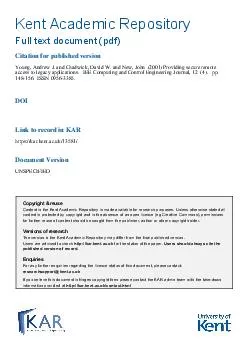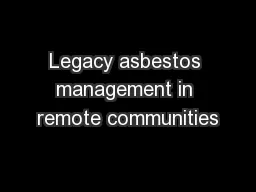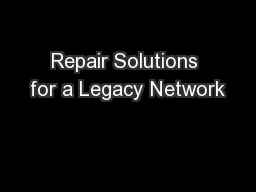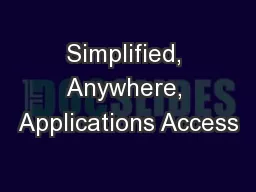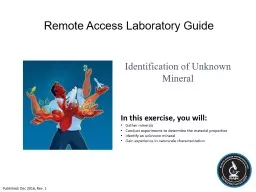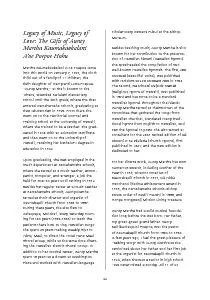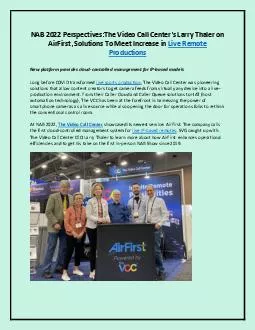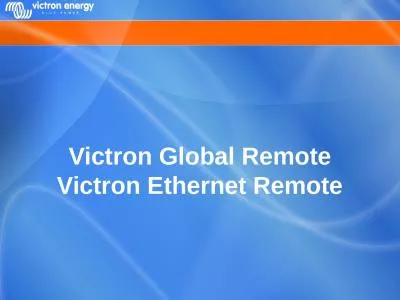PDF-Providing secure remote access to legacy health care applications Andrew Young S
Author : myesha-ticknor | Published Date : 2014-09-30
Existing applications often rely on isolation or trusted networks for their access control or security whereas untrusted wide area networks pay little attention
Presentation Embed Code
Download Presentation
Download Presentation The PPT/PDF document "Providing secure remote access to legacy..." is the property of its rightful owner. Permission is granted to download and print the materials on this website for personal, non-commercial use only, and to display it on your personal computer provided you do not modify the materials and that you retain all copyright notices contained in the materials. By downloading content from our website, you accept the terms of this agreement.
Providing secure remote access to legacy health care applications Andrew Young S: Transcript
Download Rules Of Document
"Providing secure remote access to legacy health care applications Andrew Young S"The content belongs to its owner. You may download and print it for personal use, without modification, and keep all copyright notices. By downloading, you agree to these terms.
Related Documents

